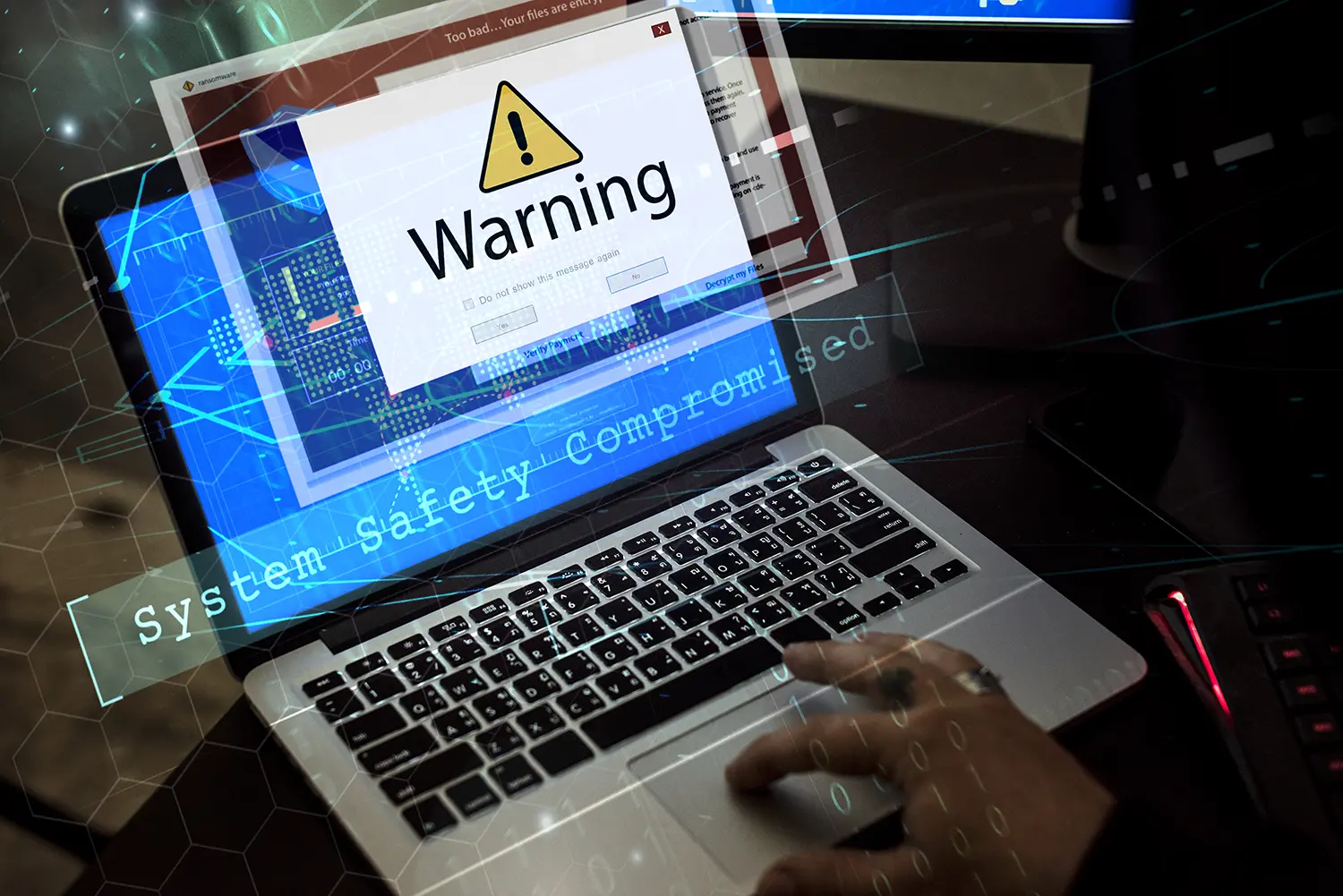According to the 2022 FBI Internet Crime Report, $10.2 billion was estimated to have been lost to different cybercrimes last year.
Cyber criminals want your confidential information, such as bank statements and credit card numbers, and they trick you into giving it so they can commit identity theft or fraud. Among the methods scammers use are phishing, smishing and vishing.
Phishing uses emails and links, smishing uses text messages or common messaging apps, and vishing uses voice calls and voicemails to obtain sensitive information.
Let’s take a closer look at each.
Phishing
Phishing is a type of cyberattack that lures victims into clicking fraudulent links in emails so they can steal sensitive information. The email appears to be from a legitimate company. The message often communicates a sense of urgency (Think account suspension or money loss.) tricking users into providing personal information without thinking about it until it’s too late.
Smishing
Smishing is like phishing, except that scammers use text messages to do their dirty work. Like its phishing partner-in-crime, a smishing text may appear to be urgent and contain a fraudulent link that takes victims to a form that’s used to steal their private information. The link may also download malware, such as viruses, ransomware, spyware, or adware onto the victim’s device.
Vishing
Vishing involves scammers using phone calls or voicemails to nab unsuspecting targets. They pretend to be from a legitimate company to solicit personal information.
Some of them record your voice and ask a question you’re likely to answer with “Yes.” They can then use this recording to pretend to be you on the phone to authorize charges or access your financial accounts.
Whatever attack method scammers use, whether it’s phishing, smishing or vishing, their goal is the same. They want victims to provide personal data that could be used for identity theft, monetary gain, or account takeover.
Red flags that you’ve been targeted by scammers include messages containing spelling and grammar errors or announcements of unexpected offers and prizes.
How to Prevent Phishing, Smishing and Vishing Attacks
There are some rules you can follow to protect yourself from falling victim to these scammers. They include:
- Don’t click on links from people you don’t know. Go to the organization’s website the person claims to be from and investigate to make sure the message is legit.
- Never provide personal information to someone who contacts you out of the blue. Disconnect and immediately call the organization (Check its website for the official phone number.) to see what’s going on.
- Ignore calls or texts from numbers you don’t recognize.
It’s unlikely that phishing, smishing and vishing scams are likely to go away anytime soon. In fact, new fraud scams emerge daily. Some estimates claim 3.4 billion phishing emails are sent out each day worldwide.
Higher Information Group can help you and your business guard against these scammers. Have questions about IT security or need help optimizing your technology environment? Let’s talk!










